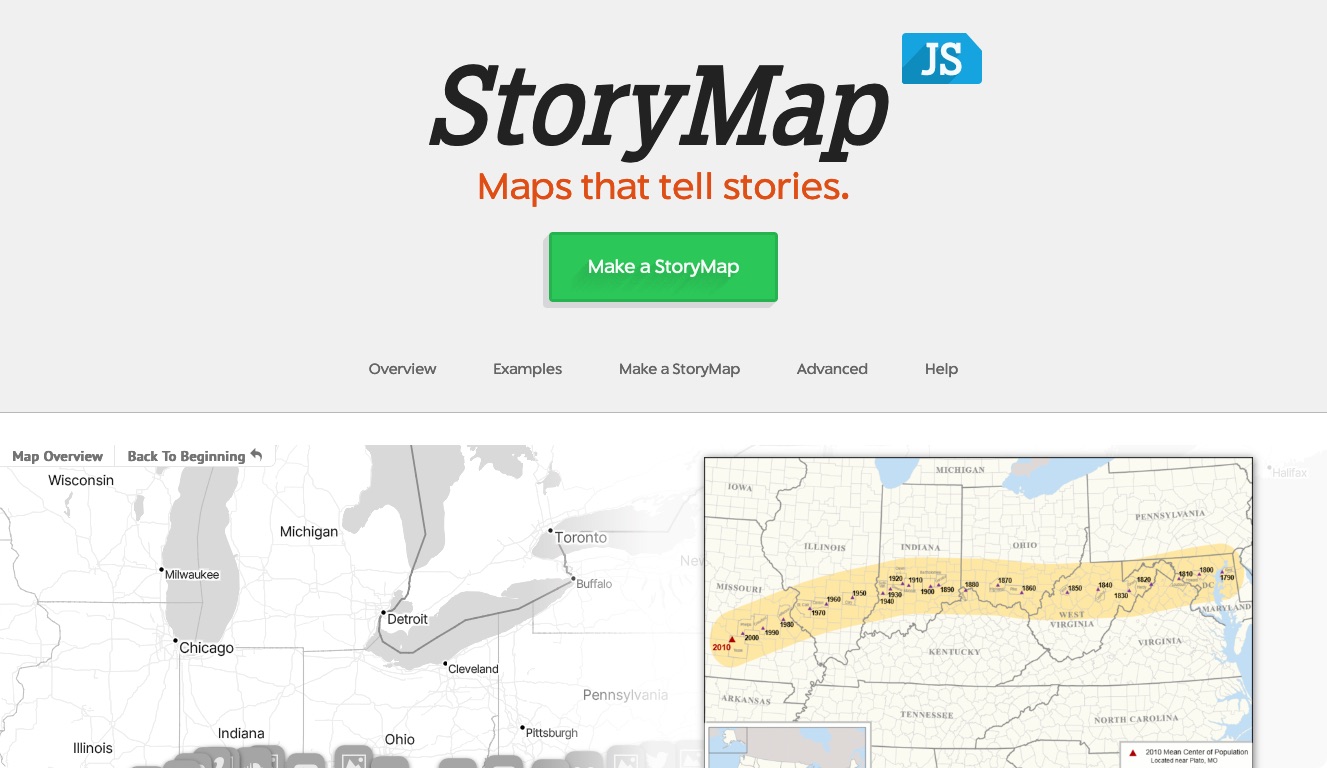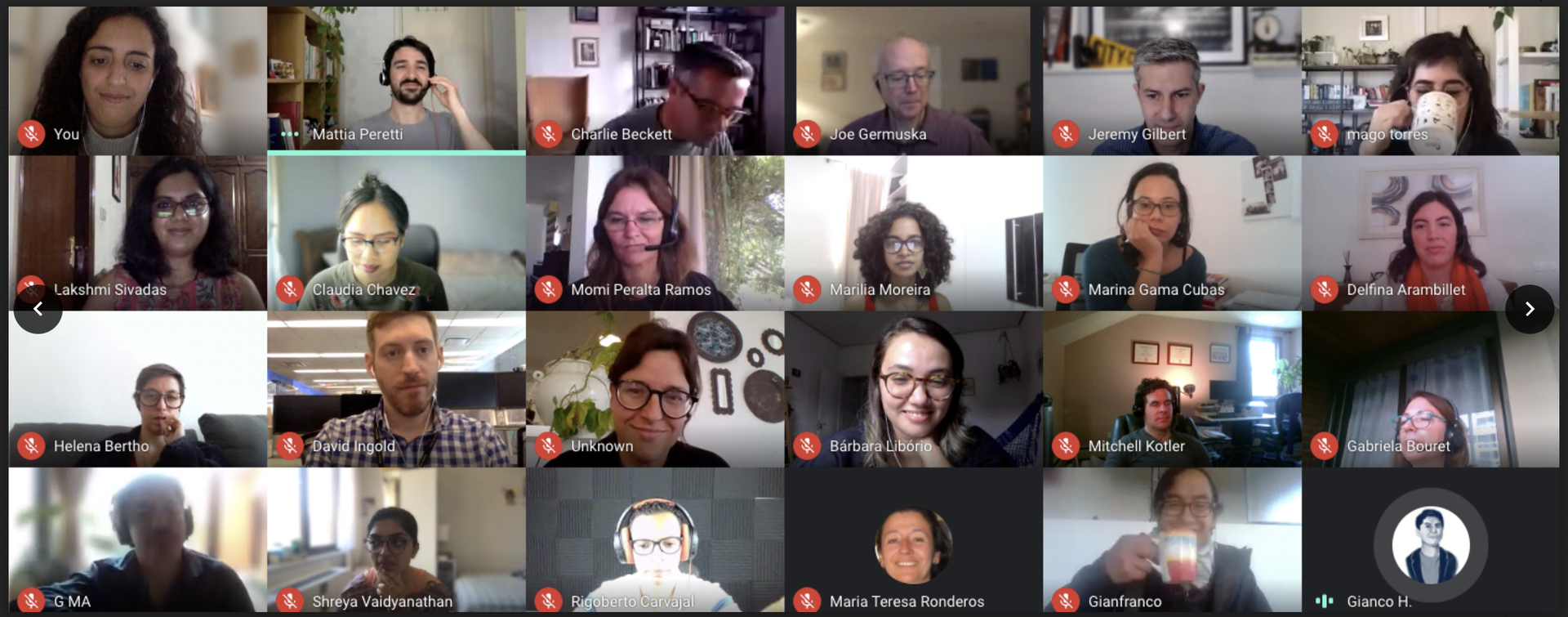I spent a lot of time at MozFest thinking about data and how we can use it as journalists. Here’s a quick recap of the sessions I attended and the lessons I learned.
Data Expeditions
More than 50 journalists and engineers followed a group of “data sherpas” in to a role-playing game-style hack on datasets in the “Data Expeditions” session.
The three-hour session was intended to be a hack and teams — consisting of storytellers, designers, data scouts and engineers — worked frantically with datasets on life expectancy in Africa, taxes or the mining industry to find stories.
One team produced an interactive map, others drew concepts or charted their findings on posters. All teams had to develop a relationship with their data to find stories behind the numbers.
Tasked with investigating tax evasion, my team spent an hour discussing ways to approach data and different story angles we could pursue.
Asking the right questions is critical to finding stories in data. That means knowing what numbers mean and how to query them and can require consulting data experts, the people who regularly work with datasets.
As my data sherpa team learned, it’s easy to get overwhelmed when diving into a dataset at first, so it is helpful to start small and expand.
Election Hacking
Attendees of Sunday’s “Election Hacking” event, still weary from the past election cycle, shared successes and horror stories of visualizing and sharing election results on Tuesday night.
Common complaints about election data included the redundancy of election apps — particularly maps — and difficulties associated with the Associated Press and its monopoly over election results data. Although election apps serve an audience hungry for the very latest voting results on election night, developers expressed concern that their apps do not go far enough in conducting explanatory, analytical journalism that is a service to voters.
As we brainstormed ways to improve election data availability and standardization, my group went back to how the AP gets its data: thousands of reporters contacting voting precincts and counties for results. Understanding this data source not only helps elections app developers think of ways to improve election tools that rely on voting information, but also is important knowledge for any journalist covering an election. Perhaps election apps can be improved with further exploration of all the details — the metadata in hacker speak — of election data where they come from.
Tagged




